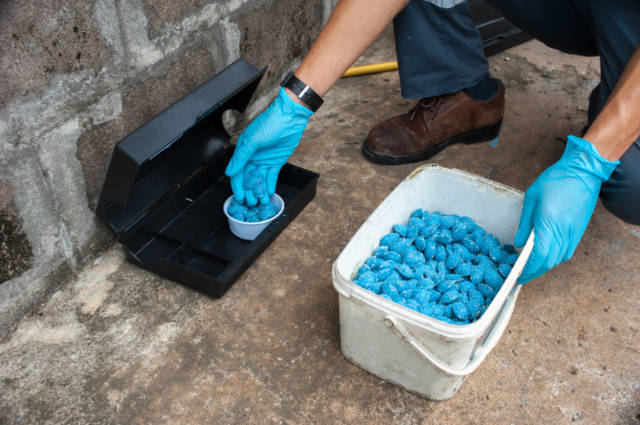Rats aren’t wanted in any barn because they cause trouble and put both people and animals’ health at risk. A rat problem in the barn can cause damage to stored food, tools, and buildings, and it can also spread diseases. To solve this problem, barn owners and farmers must act right away and come up with effective ways to get rid of the rats. In this piece, we’ll look at some easy and effective ways to get rid of rat problems in barns.
Find Rat Activity: The first step in getting rid of rats is to figure out how bad the problem is. Check the barn carefully for signs of rat activity, such as rat droppings, chew marks, nests, and tracks. Look out for places near food stores, water sources, and places where you could hide. Finding out how bad the problem is will help figure out the best way to get rid of it.
Rats are drawn to barns because they can find food and a place to live there. Rat invasions can be prevented and controlled by keeping the barn clean. Feed for animals should be kept in covered containers, and any spills should be cleaned up quickly. Keep the barn clean and get rid of any dirt or trash that rats could use to build nests.
Seal Points of Entry: Rats can get into the barn through small holes and gaps. Check the barn carefully for places where people could get in, like cracks in the walls, gaps under doors, and holes around windows. Rats can’t get into the barn if these holes aren’t sealed with things like steel wool or hardware cloth.
Trapping: Using traps to control the number of rats in the barn is an effective and kind way to do so. Set peanut butter or grains in baited snap traps or live traps along rat paths or near places where rats might be breeding. Check the traps often and quickly remove any rats that get caught. When there are only a few pests, traps can be especially helpful.
Be careful when using rodenticides. Rodenticides are chemicals made to kill rodents, like rats. Even though they can help reduce the number of rats, they should be used with care. Always follow the directions on the package and use food stations that can’t be messed with to keep non-target animals from getting poisoned by accident. Use rodenticides as a last option and make sure kids and animals can’t get to them.
Encourage natural enemies. Barn owls and other animals that eat rodents can be very helpful in getting rid of rats. Barn owls are good hunters, and they can help keep the number of rats down. Install owl boxes or make sure there are good places for these birds to nest to draw them. By helping natural predators thrive, the barn and the area around it can have a more balanced environment.
Hire a Professional Pest Control Service: If there are a lot of rats or they keep coming back, it’s best to call a professional pest control service. Experts in pest control have the knowledge, tools, and experience to deal with rat populations in a safe and effective way. They can look at the situation, come up with a plan to get rid of the problem, and give advice on how to keep it from happening again.
Getting rid of rats in the barn requires taking a cautious and thorough approach. Rats should not be able to get into a barn, so the farmer or barn owner should look for signs of rat activity, clean the barn better, and seal any entry spots. Rat numbers can be controlled by trapping, using rodenticides carefully, and bringing in natural predators like barn owls. If the problem doesn’t go away or gets worse, it’s best to call a professional pest control service. By using these methods to get rid of rats, barn owners can make their barns healthier and safer for their animals and protect their barns from the damage that rats can cause.



